Notifications
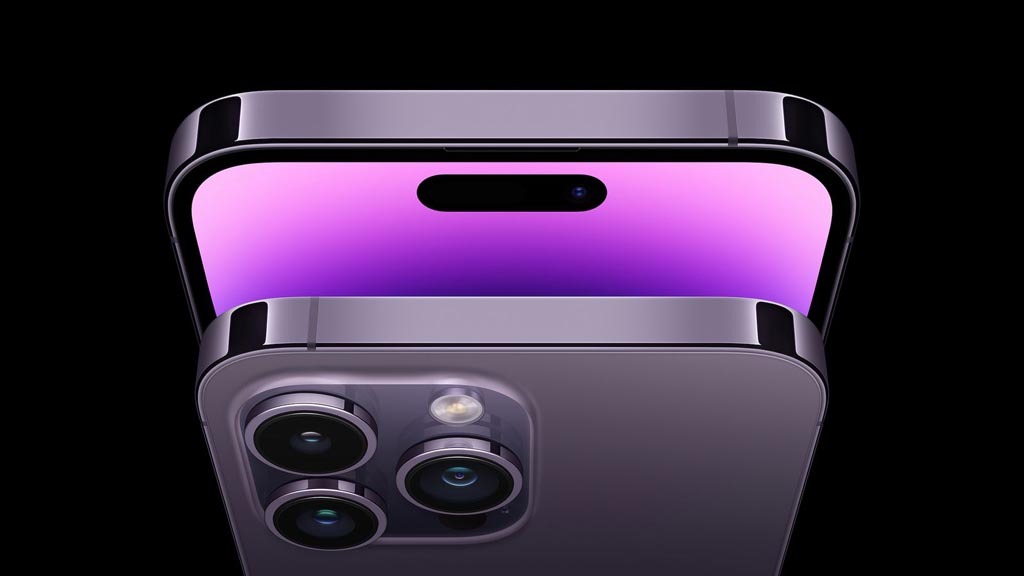
-
2.9K Views 0 Comments 0 Likes 0 Reviews

DLNews Technology:
The iPhone 14 scores with a fast processor, a bright and true-color OLED screen, and an improved primary camera compared to its predecessor. The operation is fluid, the processing impeccable. The battery life is okay, but charging takes a long time. Zoom photos are not convincing, but they should be at a Pro model. The action mode for video recordings with strong movements can replace an action cam. The iPhone 14 is waterproof.
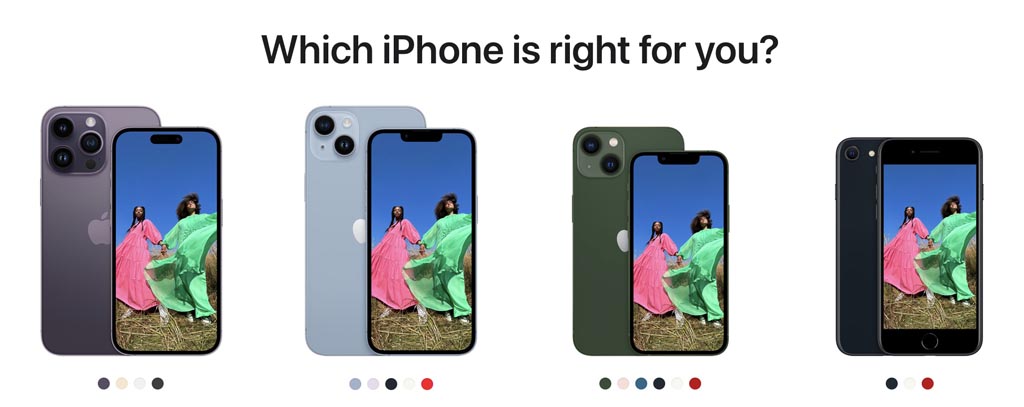
Apple's iPhone 2022 consists of four models. The standard iPhone 14 (6.1-inch display) has a larger sister model for the first time, the iPhone 14 Plus (6.7 inches). There's also the more expensive Pro series, the iPhone 14 Pro (6.1-inch) and the iPhone 14 Pro Max (6.7-inch). Fans of the iPhone mini get nothing: The iPhone 13 mini remains the last super small iPhone for the time being.
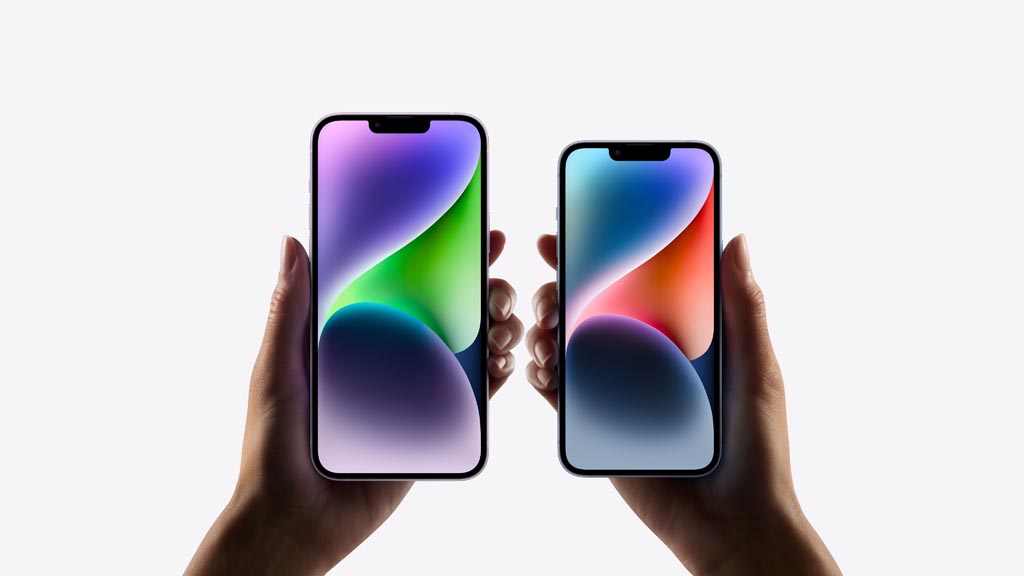
iPhone 14: Familiar design
As soon as you unpack it, you'll notice that Apple is sticking to the familiar design, which hasn't changed fundamentally since the iPhone 12. The metal frame remains angular, and the back is still glass. Underneath sits Apple's MagSafe technology. Of course, the new iPhones are also waterproof. Do you know the iPhone 13? Then you also have a good idea of the iPhone 14. The new color purple can best recognize it. The blue is more subtle, and the red is stronger. The dimensions of the iPhone 14 are unchanged in height and width (146.7x75.5 mm) - only the 14 Plus is larger (160.8x78.1 mm). Remarkable: Although the iPhone 14 has become a touch thicker, the cases of the iPhone 13 fit the test without any problems.
Despite notch: The iPhone 14 display is so good
Unlike the Pro models, the iPhone 14 comes with the usual indentation for Face ID, and the front camera is also called "Notch." In the laboratory test, the display of the iPhone 14 delivered almost identical values to its predecessor: 1,167 candelas per square meter (cd/m2) with HDR and 833 cd/m2 with normal content. This is definitely very bright – but not as bright as the Pro models, which, with over 2,000 cd/m2, break the previous record of the S22 Ultra of 1,627 cd/m2. Contrasts and color representation are top, as expected. The iPhone 14 has a resolution of 2532x1170 pixels, producing a good sharpness of 460 PPI. The Plus has to gather more pixels with 2778x1284 for the same sharpness of 458 PPI. Only the pros offer an always-on display that saves the screen lock screen information. Thanks to iOS 16, there is at least a new lock screen.
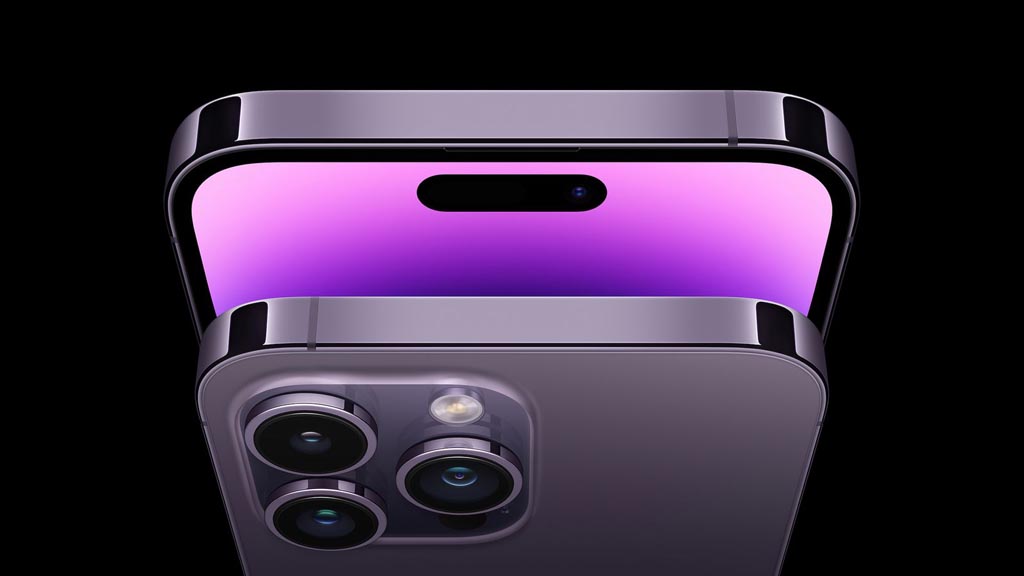
iPhone 14 camera: Bigger pixels, better photos
Unlike the Pro models, the main camera remains at 12 megapixels. For this, Apple has given its bread-and-butter model a new sensor, and the size of the sensor pixels has increased from 1.7 µm (iPhone 13) to 1.9 µm. The focal length of the main camera is still 26 mm (converted to 35 mm), slightly larger than the 14 Pro (24 mm). There is also an ultra-wide-angle camera (12 megapixels, f/2.4) with a focal length of 13 mm – and, as usual, no telephoto lens. The photo quality should also benefit from better image processing in the Photonic Engine. This is similar to the earlier Deep Fusion but intervenes when the raw data from the camera is processed, i.e., earlier in the image processing process. The camera hardware and software, as well as the A15 bionic chip, are coordinated, which is why the photonic engine will not come to the iPhone 13 via a software update. The bottom line is that the improvements seem to be paying off: In the test, the photo quality of the main camera increased in daylight and moved closer to the Pro models. However, the zoom performance is still miserable; after all, there is no high-resolution sensor that could replace the missing telephoto lens, at least for small zoom levels.
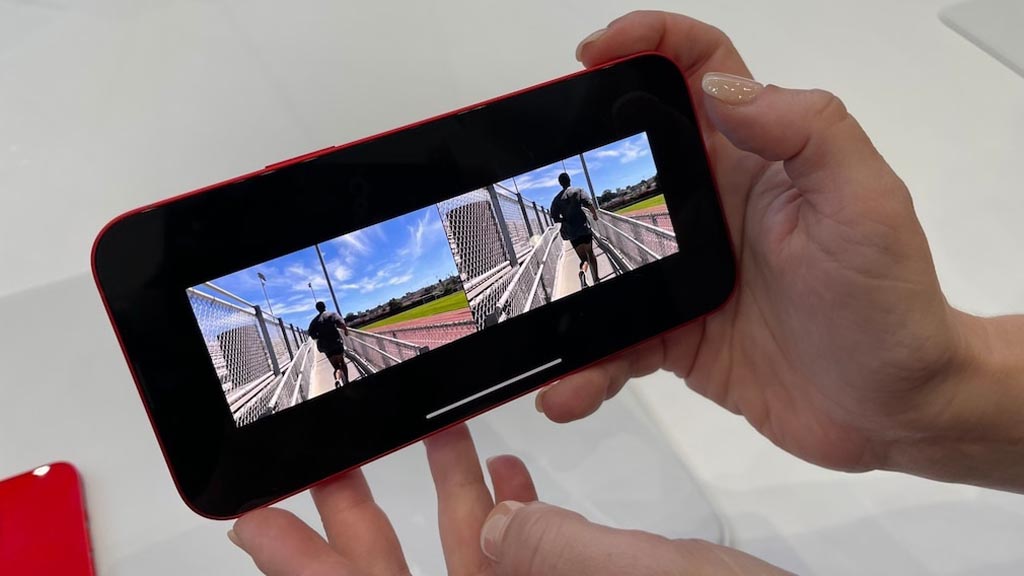
Finally, stable action videos with the iPhone.
The main camera has optical image stabilization. This goes beyond the normal level: the new action mode ensures smooth videos and is designed to prevent wobbles, movements, and vibrations effectively. The effect of a gimbal is not quite achieved, but the results are remarkable compared to previous iPhones. The technology is based on evaluations of the camera sensor. Therefore, videos in action mode are not possible with full 4K resolution, but "only" with 2.8K resolution or Full HD. In addition, the action mode requires sufficient brightness. The cinema mode (video with built-in bokeh effect) is now available with 4K at 30 fps (frames per second) and 4K at 24 fps; previously, Full HD ended here.
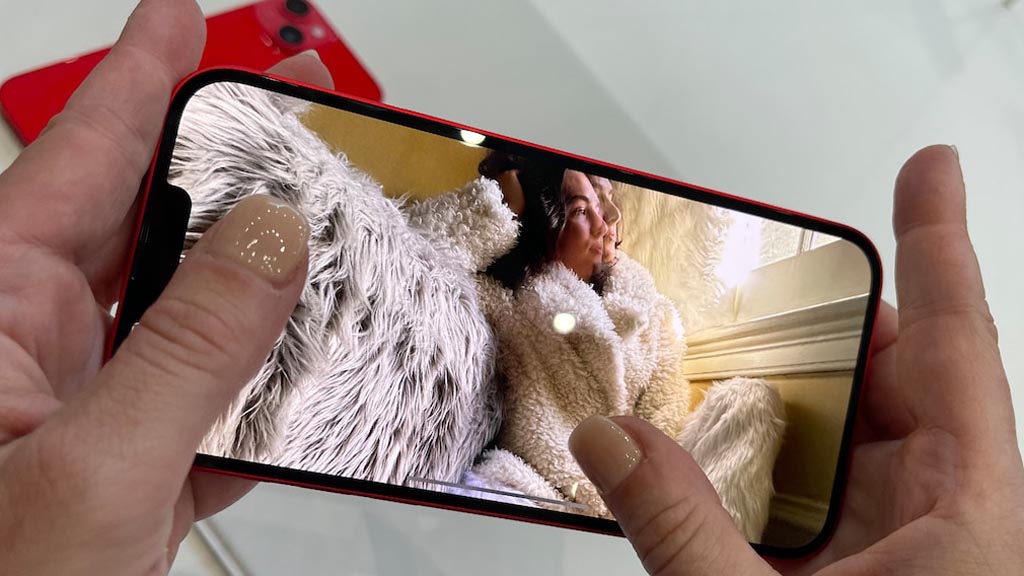
iPhone 14: Autofocus selfies
The selfie camera's resolution (f/1.9) stays at 12 megapixels, but there's finally autofocus - a first for the iPhone. This also improves the portrait mode (bokeh effect).
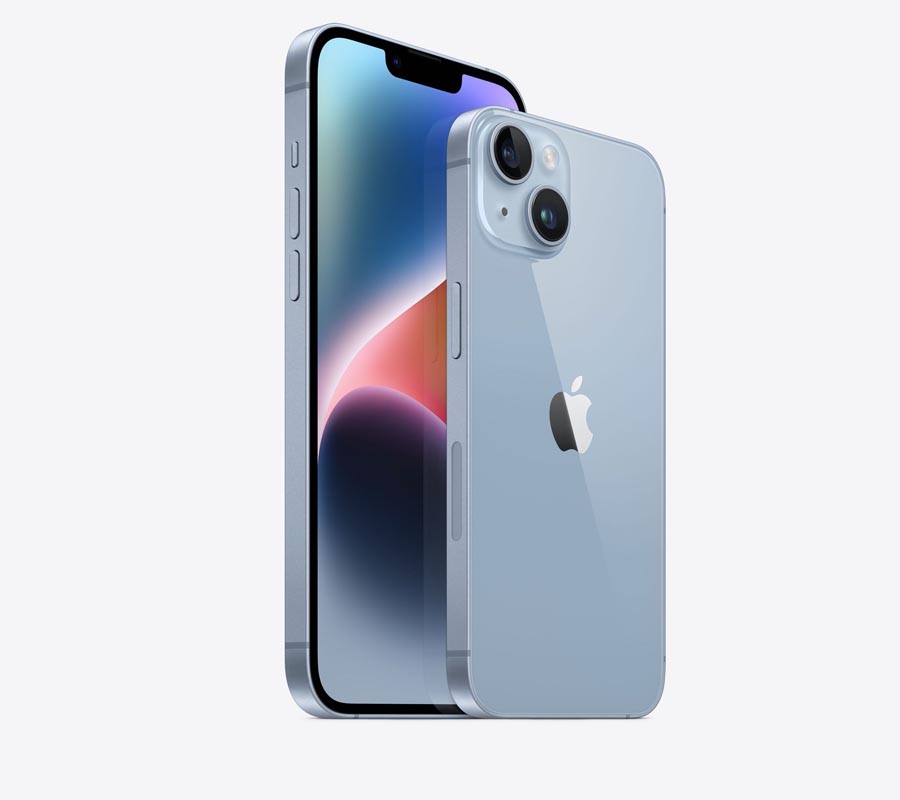
A15 Bionic for iPhone 14
The new 2022 A16 Bionic processor is reserved for the Pro models. iPhone 14 and 14 Plus will stay with the A15 Bionic but at least get the variant with an additional graphics core, which was only in the Pro model of the iPhone 13 last year. Bottom line, that's not a real disadvantage; the pace is enormously high. In benchmark tests, the A16 Bionic was around 13 percent faster than the 14 Pro. iPhone 14 and 14 Plus are available with 128, 256, or 512 gigabytes of storage.
Battery capacity: Not all new iPhones are increasing
When it comes to the size of the battery, Apple traditionally holds back with precise information. Details are usually only known when the first sales devices are opened and the components are examined. But now, Macrumors claims to have learned the exact capacity from documents from Chinese authorities. Interesting: The battery is only significantly larger in the small Pro model. The capacity for the iPhone 14 and 14 Pro Max remains almost the same, with the latter even shrinking slightly. The iPhone 14 Plus (identical to the 13 Pro Max) gets the largest battery of the new fleet.
Presumed battery capacity in comparison:
iPhone 14: 3,279 mAh, a little more than the iPhone 13 (3,227 mAh)
iPhone 14 Pro: 3,200 mAh, significantly more than the iPhone 13 Pro (3,095 mAh)
iPhone 14 Pro Max: 4,323 mAh, less than iPhone 13 Pro Max (4,352 mAh)
iPhone 14 Plus: 4,325 mAh, no predecessor available
iPhone 14 battery test
In the practical battery test in the laboratory, a robot finger subjects the smartphone to an arsenal of typical applications (surfing, app launches, telephoning, typing...) in a continuous loop until the battery is empty. The iPhone 14 achieved a very good runtime of 9:13 hours. Surprisingly, however, the iPhone 13 lasted almost two and a half hours longer during the test. The test was repeated to rule out errors. The result remained unchanged. The runtime should still be enough for everyday use. But if you want as much battery life as possible, you might want to wait for the 14 Plus model, which Apple says has the best iPhone battery life. As before, charging is via the Lightning connector. The optional fast charger with up to 20 watts took almost two hours (1:53 hours) in the test. That's not really fast. Wirelessly, 15 watts are included via MagSafe or 7.5 watts via the Qi standard. Only one USB-C to Lightning cable is included in the box.
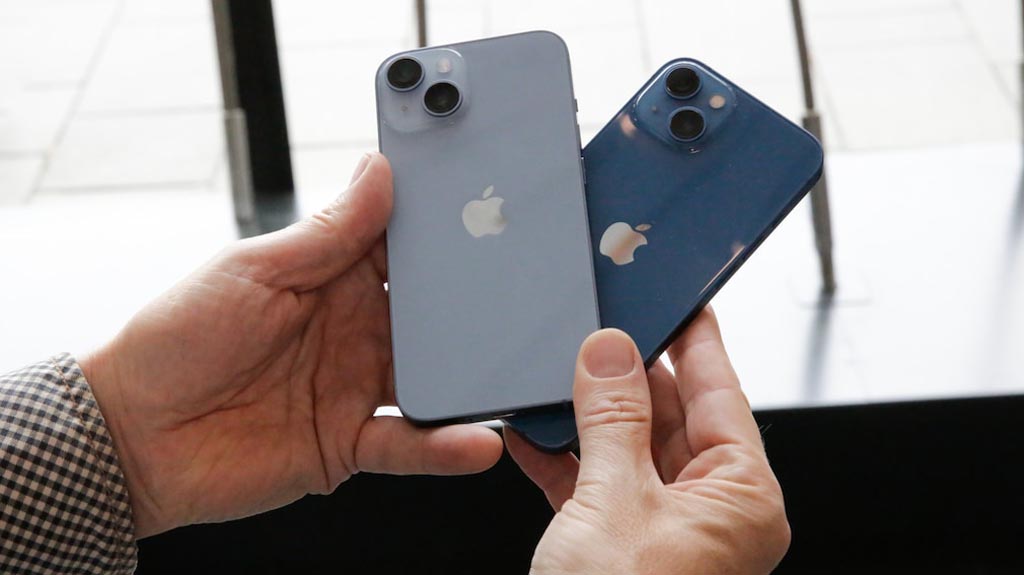
iPhone 14 in some regions without a plastic SIM
It has long been speculated that Apple could remove the slot for the real SIM cards and only use a virtual SIM card, the so-called eSIM, in the future. And with the iPhone 14, Apple is putting more emphasis on that option. Providers could deliver the iPhone 14 with an activated eSIM. But changing the SIM card from cell phone to cell phone is often more cumbersome with some providers and involves longer waiting times than with the plastic SIM. At least the second SIM card is always an eSIM. Alternatively, a dual SIM with two eSIMs is also possible.
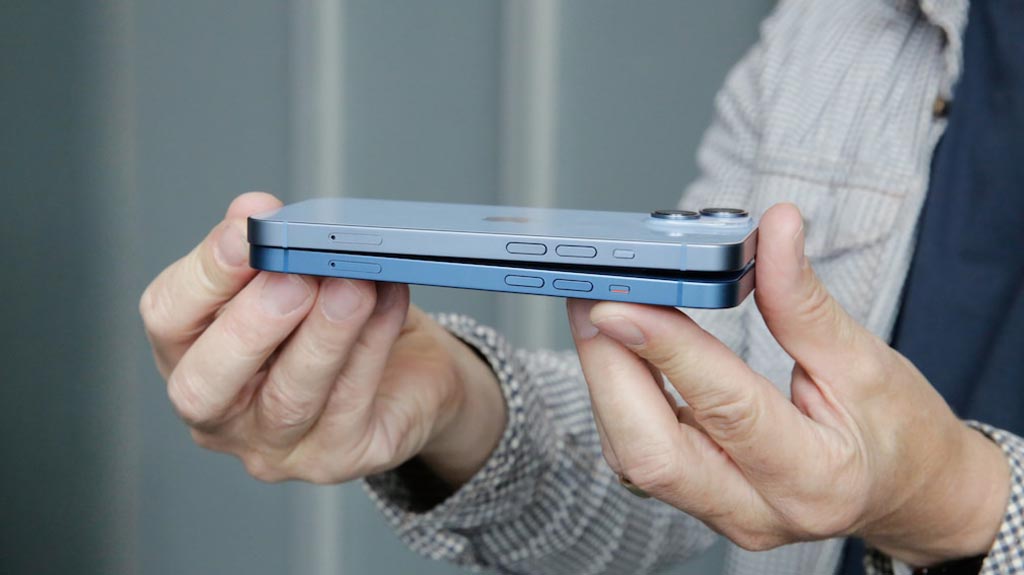
Conclusion: what does the iPhone 14 series bring?
The standard iPhone 14 is overshadowed by the other models from the 2022 iPhone series. Apple only gives the Pro significant innovations such as the excellent zoom, the more powerful CPU, and the super-bright 1 to 120 Hertz screen with always-on display -models. Only the iPhone 14 Plus offers a really long battery life. Compared to its predecessor, the iPhone 14 can boast a better main camera, but it was weaker in the battery test. In the end, the iPhone 14 remains a perfect phone with everything that makes Apple popular: all-around good performance with no fundamental weaknesses. If you value leading technology, you should go for a Pro model. If you want it cheap, you can also be happy with the predecessor with reasonable offers.
Apple iPhone 14 in the test: what does the ne... 0 0 0 451 8
8 photos


Share this page with your family and friends.